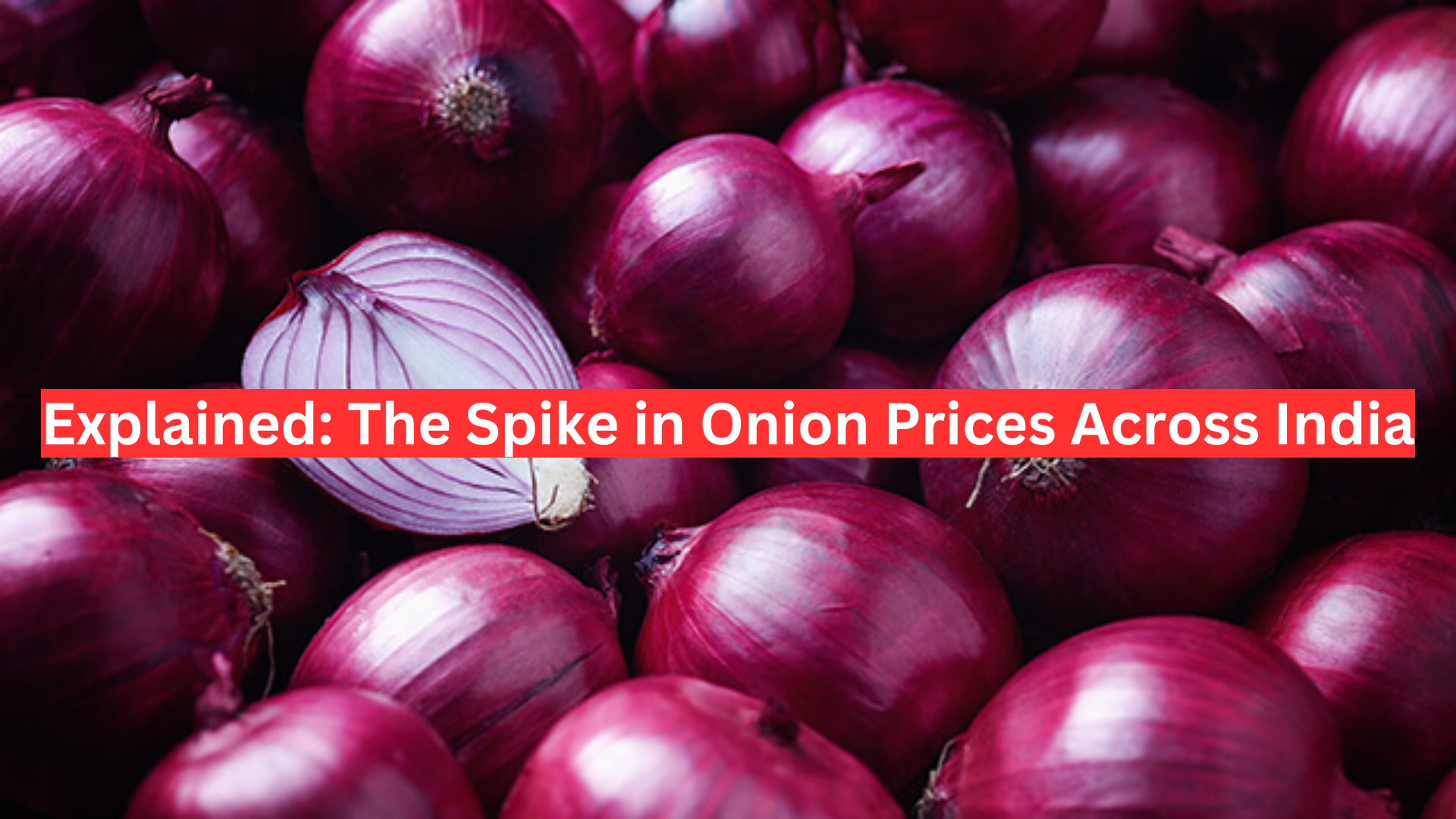🚨 Why This Matters
Over the past two weeks, India’s aviation sector has been significantly disrupted by hoax bomb threats, causing financial strain and logistical challenges. Airlines, including Air India, Vistara, Indigo, and others, have had to activate emergency protocols, reroute flights, and even prompt fighter jet responses in certain international airspaces. These threats, mostly originating on social media, have led to delays and losses estimated between ₹13 and ₹17 lakh per hour.
🔍 Key Factors Driving the Advisory
- Widespread Impact: Around 275 threats have targeted approximately 48,000 flights since the wave of hoaxes began.
- Social Media’s Role: MeitY highlighted that the rapid spread of hoax threats through social media reposts, shares, and forwards has intensified the problem.
- Security Protocol Activation: Although confirmed as hoaxes, the threats have forced Indian airlines to engage in costly emergency procedures for passenger safety.
🛡️ India’s Aviation Security Infrastructure
India’s aviation security framework follows global standards established by the International Civil Aviation Organization (ICAO), particularly its Annex 17 guidelines and the Aviation Security Manual (Doc 8973). Key agencies involved in safeguarding Indian airspace include the Bureau of Civil Aviation Security (BCAS) and the Directorate General of Civil Aviation (DGCA), supported by bodies like the Airports Authority of India, Central Industrial Security Force (CISF), and National Security Guard (NSG).
Strengthening Aviation Laws
To address evolving threats, the Indian government is considering amendments to the Aircraft Act 1934, Aircraft Rules 1937, and related laws, introducing stricter penalties and no-fly lists for individuals causing security disturbances. Proposed updates to the Suppression of Unlawful Acts against Safety of Civil Aviation Act, 1982 will expand legal options to address security violations on the ground as well.
📱 Social Media’s Responsibility and New Advisory Details
Legal Expectations and Compliance
The MeitY advisory calls on social media platforms to comply with India’s Information Technology Act, 2000 and IT Rules 2021, which mandate quick removal of harmful misinformation. Platforms that fail to remove hoax bomb threat content risk losing their intermediary protections, making them legally accountable as publishers of harmful content under both the IT Act and the Bharatiya Nyaya Sanhita, 2023.
⚙️ Technological Solutions and Future Measures
To tackle the issue effectively, experts are recommending advanced tech solutions such as AI-powered call analysis for threat assessments and quantum computing for enhanced security. In addition, the implementation of global hoax databases and psychological profiling tools could help deter potential offenders.
The government has also suggested creating greater public awareness by displaying photos of offenders at airports, deterring further misuse of emergency protocols.
💼 Moving Forward: Challenges and Strategic Response
Though the advisory is a step forward, ensuring compliance will require close collaboration between government bodies and tech platforms. Investments in advanced threat detection and tracking technologies, including AI-driven chatbots for screening suspicious messages, could streamline threat identification and improve response times.
As India continues to strengthen its aviation security measures, MeitY’s advisory marks a clear commitment to curbing the spread of misleading content on social media and ensuring safer skies for travelers.
Suggested Readings: Turbulent Skies: India Grapples with Surge in Fake Bomb Threats





